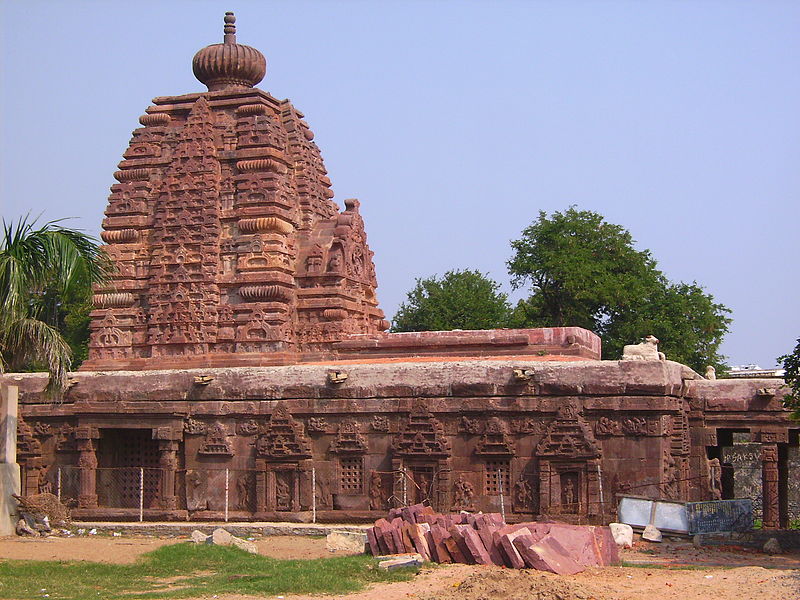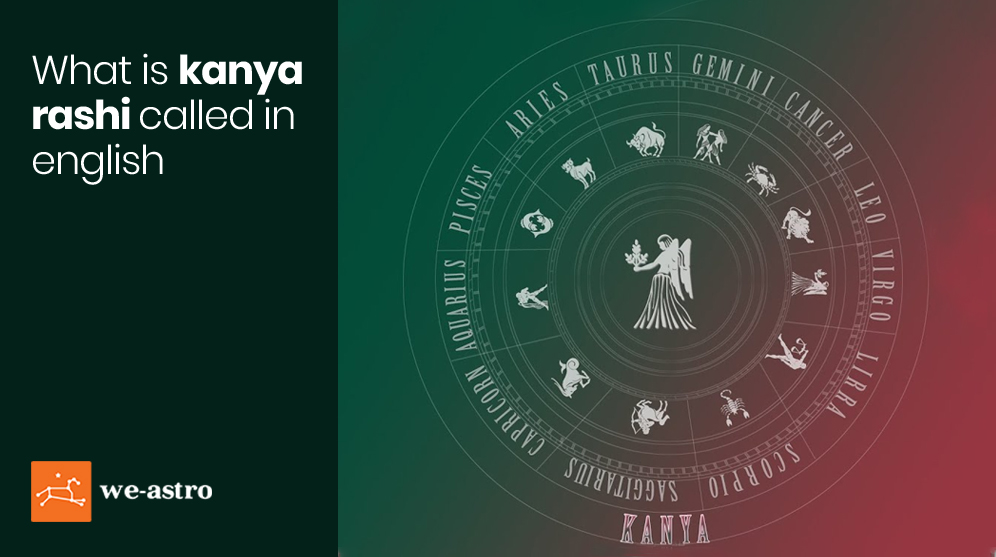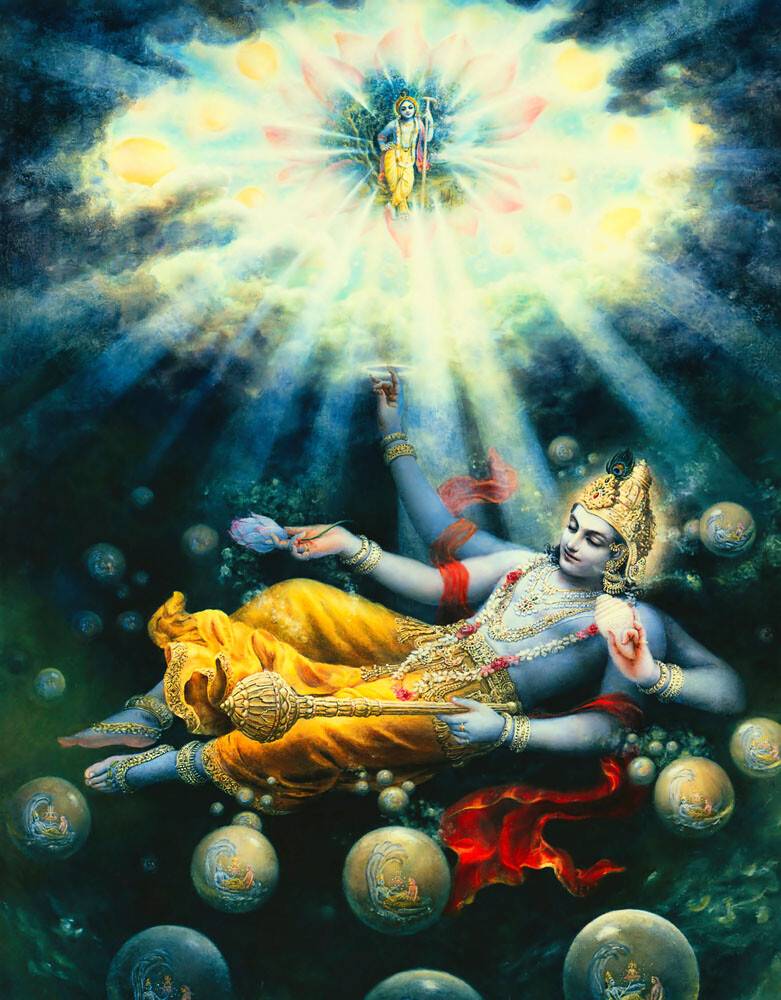Unraveling the Mystic Emblems: A Fascinating Journey into Hinduism's Timeless Symbols
Explore the rich symbolism in Hinduism, from sacred Om to divine Lotus, and learn how these ancient symbols provide a deeper understanding of Hindu faith.

Hinduism, one of the world's oldest and most diverse religions, embraces a wide variety of beliefs, practices, and traditions. Despite its extraordinary diversity, certain symbols remain central to this faith, providing a visual language that embodies its core tenets. Among these symbols, the one that stands out as the most ubiquitous and deeply significant is the sacred symbol - Aum or Om.
Aum, a mystic syllable consisting of three phonemes - 'A,' 'U,' and 'M' represents the essence of Hinduism and is considered the universal sound that encapsulates the entire universe. It is often chanted at the beginning and end of prayers, meditation sessions, and yoga practices, serving as a spiritual invocation that connects the devotee to the divine. The symbol itself, written in the ancient Devanagari script, is an elegant and visually striking representation of the sound, with each part holding symbolic meaning.
The three phonemes of Aum represent the cycle of life and the cosmos: creation, preservation, and dissolution. The 'A' sound symbolizes creation and the emergence of the universe, while the 'U' denotes preservation and the sustenance of life. The final sound, 'M,' signifies dissolution and the ultimate return to the unmanifested reality. The silence that follows the recitation of Aum represents the infinite and transcendent nature of the divine, reminding us of the eternal cycle of existence.
Furthermore, Aum symbolizes the sacred trinity of Hindu deities - Brahma, Vishnu, and Shiva. Brahma, the creator, is associated with the 'A,' Vishnu, the preserver of life, is represented by the 'U,' and Shiva, the destroyer, corresponds to the 'M.' By reciting Aum, Hindus pay homage to these gods who collectively maintain the cosmic balance.
Through its powerful resonance and profound symbolism, Aum holds a special place in the hearts and minds of Hindus worldwide. It is not just a mere representation of a religion; it is a universal vibration that transcends cultural and geographical boundaries, resonating with the core essence of life itself. As Hinduism continues to evolve and adapt to the changing times, the sacred symbol of Aum serves as a unifying force that binds its followers together, reminding them of their spiritual journey and their innate connection to the divine.




